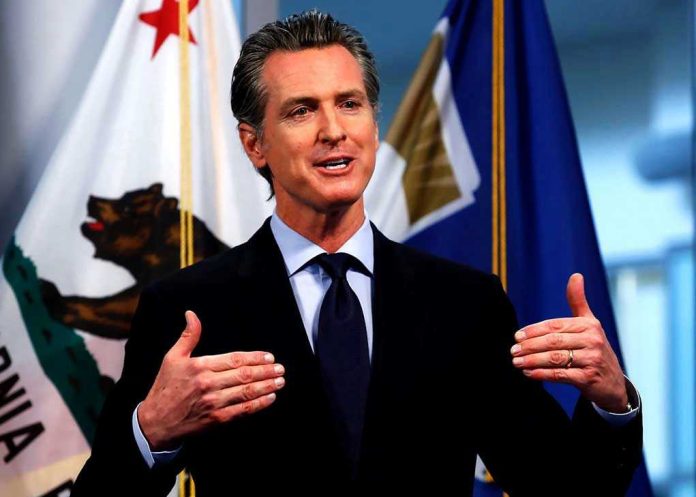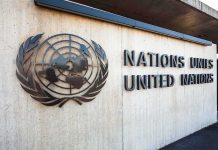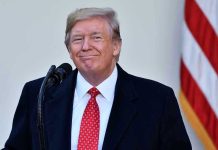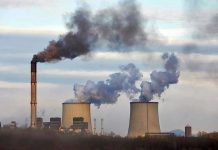
When Politico declared Gavin Newsom the Democratic Party’s 2028 frontrunner, they didn’t just name a candidate—they unveiled the playbook for America’s next political era, raising the stakes for every faction, donor, and rival in the game.
Story Snapshot
- Politico’s analysis crowns Newsom as the 2028 Democratic frontrunner, citing his unmatched national profile and campaign infrastructure.
- Newsom’s strategic focus on climate, redistricting, and party unity distinguishes him from rivals and past “next-in-line” candidates.
- High-profile policy battles, a forthcoming memoir, and active national campaigning signal Newsom’s readiness for a presidential run.
- The Democratic Party faces a leadership vacuum post-Biden, with Newsom positioned to shape its direction and debate.
Gavin Newsom’s Rise: From California Governor to National Frontrunner
Gavin Newsom’s ascent began well before Politico’s November 2025 declaration. As California’s governor, Newsom leveraged the nation’s largest Democratic platform to champion progressive causes and navigate crises, including the COVID-19 pandemic. His tenure as San Francisco’s mayor and California’s lieutenant governor laid the groundwork for his national reputation, built on bold moves like supporting same-sex marriage and aggressive climate policy. These achievements forged his identity as a candidate comfortable in both moderate and progressive circles.
Throughout 2023 and 2024, Newsom’s national profile accelerated, especially as speculation swirled about President Biden’s succession. By 2025, Newsom’s involvement in key policy battles—such as redistricting reform and representing the U.S. at high-profile climate conferences—cemented his image as a problem-solver with broad appeal. His political infrastructure, backed by the powerful Campaign for Democracy PAC, signaled readiness for the demands of a national campaign.
Strategic Positioning and Organizational Readiness
Politico’s analysis focused on Newsom’s strategic positioning within the Democratic Party. Unlike previous “next-in-line” candidates who faltered, Newsom built a robust fundraising network and established himself as the candidate capable of bridging internal party divisions. His early and visible groundwork included active campaigning for Proposition 50, which addressed redistricting, and forging alliances with both moderate and progressive leaders. Newsom’s approach is distinguished by a clear policy platform and a well-oiled political machine, making him a formidable contender for the 2028 nomination.
Newsom’s upcoming memoir, “Young Man in a Hurry,” scheduled for release in February 2026, is expected to further elevate his profile. Its media blitz aims to shape the national narrative, positioning him as both a thinker and an activist. Allies have circulated polling data portraying Newsom as a moderate alternative to more progressive figures like Alexandria Ocasio-Cortez, Pete Buttigieg, and Ro Khanna. This strategic messaging is designed to unify diverse Democratic factions, a critical advantage in a fractured party landscape.
Democratic Party Dynamics: Rivals, Factions, and the Leadership Vacuum
The Democratic Party is entering a period of transition, with President Biden’s era drawing to a close and no clear successor. Newsom’s visibility and activism have positioned him as the leading figure in this vacuum. Key stakeholders—including party leadership, donors, and political action committees—are closely watching his moves, recognizing his leverage in fundraising and organizational strength. Potential rivals are maneuvering to position themselves as alternatives, but Newsom’s infrastructure and broad appeal keep him ahead in early assessments.
Tensions between moderate and progressive factions persist, yet Newsom’s ability to appeal to both sides gives him a unique advantage. Media coverage and polling shape perceptions, influencing donor and activist support. The Democratic National Committee and state party officials will play pivotal roles in primary calendar decisions and debate rules, further impacting Newsom’s prospects. Political strategists note his “ready-for-president” machinery, but caution that early frontrunner status can be a double-edged sword, as seen with past candidates who peaked too soon.
Impact and Implications for the 2028 Election
Newsom’s frontrunner status has immediate and long-term implications. His early momentum could discourage potential rivals, yet also makes him a target for criticism from both moderates and progressives. His involvement in the 2026 midterms, actively campaigning for Democratic House candidates, is building a national network that could solidify his influence and shape the party’s direction. Policy communities focused on climate, redistricting, and social issues are closely tracking his moves, anticipating shifts in national debate.
Newsom’s fundraising prowess and organizational strength may set new standards for campaign infrastructure. The media and political consulting industries are adapting to his strategies, while his approach to coalition-building may influence how future candidates prepare for national campaigns. Experts highlight his ability to appeal across party lines as a key asset, but warn that positioning too close to the center could alienate the progressive base. The fluidity of early primary dynamics means the landscape could shift, yet Newsom’s groundwork positions him as the benchmark for 2028 Democratic contenders.
Sources:
Evrim Ağacı: Gavin Newsom Emerges as 2028 Presidential Frontrunner
Wikipedia: 2028 United States Presidential Election
The True Story: Gavin Newsom Declared as Democratic Party’s 2028 Frontrunner
Fox News: Gavin Newsom Declared as 2028 Democratic Frontrunner
Politico: Admit It. Gavin Newsom Is the 2028 Front-runner









